Today we conclude what turned out to be a five part travelogue style account of my recent trip to Namibia. I’ve selected my last ten favorites to take a look at, and I’ll include a little background about my thought process while shooting. We pick up the trail on the evening of May 20 at Okonjima.
I think of all the accommodation we stayed at, the Kulala Desert Lodge and the last lodge at Okonjima were my favorites. Kulala was were we stayed when shooting the incredible red sand dunes and the Camel Thorn trees at Deadvlei, which we looked at in episode 373, part two of this series. It’s also where the staff sang to us every other night, which is the music I’ve been playing us in and out with for these episodes. The rooms at both lodges were incredible, the people were warm and welcoming, and the food was great. I could literally go back to either lodge and just spend a couple of weeks just hanging out, though that would be a bit of a waste with such great photography to be done on their doorsteps.
We’d driven a few hundred kilometers through the morning, and after settling into our rooms, we met our guide for the afternoon, who’s name was Previous! How cool is that!? Previous used a receiver to track the signal of a tracking device attached to some of the cheetahs in their reserve. The Okonjima reserve is actually the home of the AfriCat Foundation, which is involved in the research and rehabilitation of Namibia’s threatened wild cat population, which is why they have some of the cat’s tagged, but this does of course make it easier to find and photograph them.
Honestly though, the tagged cheetahs were very difficult to photograph in a position where the huge tracking device and collar was not spoiling the shot. As I shot this first image, their were three cheetahs sleeping on the ground not far behind me, but I gave up on waiting for the right moment in preference of getting a shot of this giraffe with the warm light of the sunset on its face and neck, and with the wildebeest in the background.
I ran this through Nik Software’s Color Efex Pro to bring out the texture a little, and this also gives the slightly out of focus background an almost primal feel, probably because I associate wildebeest with cave paintings, which I’ll talk about even more later, as we look at an image that almost is a cave painting. We went on to shoot the giraffe here against the setting sun, but I was a little underwhelmed with my resulting images. The sun was too harsh, and the silhouettes didn’t really work, but the memory was incredible. Previous kept telling us that no-one gets this close to the giraffes, and we were damned close. They were towering over us almost like dinosaurs, and the experience will stay with me forever.
A somewhat similar shot (above), here’s another photo looking back towards where the cheetah were, probably just out of the left of the frame here. I wanted to mention this shot more to talk about a technique that I often use when shooting with long lenses.
Here I was shooting with the 70-200mm lens with the 1.4X Extender fitted, and I’d pulled back as far as I could go, giving me a focal length of 98mm. The scene though was wider than I could zoom out, so I shot two photographs, and stitched them together in Photoshop. The result is a 16:9 aspect ration photo, so it will view perfectly on a widescreen display or TV. The thing to note here though is that even with wildlife, don’t rule out stitching images together if you don’t have the time to change lenses or remove an extender etc.
The next photo (right) is a closeup of two giraffe’s heads, which I thought worked better in sepia. The sun was down now, and the light so low that I had to increase the ISO to 3200 for this shot, at f/8. I needed to stay stopped down to f/8 so that the second giraffe was still acceptably sharp. You can see that it’s just starting to go soft, but it’s sharp enough for this to work, and it leaves no ambiguity as to which of the two giraffes is the main subject. Obviously the one that is looking straight at the camera is the star of the show here.
I shot this with my 300mm f/2.8 lens with the 1.4X Extender fitted. I was in wildlife shooting mode, so was using my Black Rapid Double Strap, with the 1D X and 300mm on one side, and the 5D Mark III with the 70-200mm on the other side. This makes switching lenses very easy, which broadens your shooting horizons in locations like this. With just one camera, I’d have lost shots while changing lenses here, without doubt.
That evening after dinner, we had the option to do a night game drive. I was totally whacked, but knew I’d regret not going, so I signed up for it. Straight out of the gate we saw this Spotted Eagle Owl. Initially he was in a different tree, with messier branches, but then he flew to a second tree, which is where I shot this. As you can see, we were shooting by the light from a spot light that the guide was shining on the animals. Because of this, the light would move around a lot, and we were also shooting at varying distances, so this was one of the rare occasions when I switched to Aperture Priority mode. When I use Aperture Priority I now also use Auto-ISO as this gives the camera more wiggle room. The ISO ended up at 16000 for this shot at f/4, but there is virtually no grain. Another tribute to the amazing technology we have these days.
The thing I don’t like about the automatic shooting modes is that I have to start to mess around with Exposure Compensation, and here I was down to -2 stops, because there was so much black in the frame, and I needed to stop the owl from being over-exposed, but because the light was changing as the driver wiggled the spot light around, I had to live with that. I left my White Balance on my default Daylight Preset, but then I changed this to Auto in Lightroom, and the results were quite neutral, so I went with that.
After the owl shot, we saw very little that would make a decent photograph, and we were out much later than we’d initially been told, so I was actually regretting going on this excursion, but then just before we started to head back, I got this shot of a heard of wildebeest as they ran to escape the spot light. There is a lot of subject movement here, but with the light shining in the wildebeest’s eyes, and the natural vignette, this is the photo that I mentioned earlier reminds me of a cave painting, so I quite like it.
With my fixation on sharpness, I sometimes have a hard job letting go, but I think this is one of those times that the artistic merit of the image is greater than the requirement for critical sharpness. I sometimes find this with panning shots too. I love to nail the sharpness on the head, but sometimes the slight softness can even add to the overall ethereal feel of the image, and therefore should never be ruled out without thinking of the artistic over technical accuracy.
The next day, we had another morning game drive, but the highlight of the day was late in the afternoon, when the guides took us to a corner of the reserve to photograph Wahoo, their old captive leopard. We were due to leave the following morning, and I get the distinct feeling that they’d kept this to the end of the last day, but that was OK. Wahoo was worth it.
We were lead into a hide with seats along a counter to rest our lenses on, and once we were all sat down and ready, the shutter was winched up, and almost like a circus peep show, Wahoo was released. After pausing for a second, he jumped up onto a strategically placed tree, to feast on the raw meat that had been placed on the branch on which we see him here. There were initially two pieces of meat, so as he ate the first, the second one just sitting there was so obviously just placed there, that I only shot a few frames until he’d finished the first bit. This shot was actually as he’d finished the second bit of meat and was considering jumping down.
Jeremy Woodhouse, the tour leader and I talked about this afterwards and we agreed that not only would one piece of meat have been better, it would be great if they could just stick an impala leg or something up there. Of course, that would take a long time to eat so may not be practical, but they are probably feeding him game anyway, so not that far-fetched an idea. Still, I like this shot. I had purposefully cropped in very tightly here, and you can also see how I placed the curvy branch along the bottom of the frame to anchor and frame the image.I had a wider lens on my other camera, which I used for this next photo, where I pulled back a little, and included Wahoo’s tail. The sun had stopped shining directly on this beautiful leopard, so you can see the difference between the warm tones in the first image, and the cooler tones in this image. I adjusted my exposure accordingly, changing from f/5 for a 1/500 of a second at ISO 500, to f/5.6 for 1/320 of a second at ISO 1600.
I really just don’t think twice about increasing my ISO to this level any more, and as you’ve seen, even when you really push it now, there isn’t a lot to worry about, especially if you shoot to the right, with the data on the right side of the histogram, so that you record the image with the best use of the data distribution in the file. In a nutshell, more bits of data are allocated to the brighter end of the histogram, so the darker you allow the image to get, the more grain you’ll see.
Here’s one last shot of Wahoo before we move on. Once the blind was lifted, we were able to move around, so I’d been up and the hide a few times, and as Wahoo settled on the grass right in front of us, I kept him in the frame, capturing a few expressions, but my favorite by far is this profile, where we can see his deep head, beautiful facial markings and huge teeth, as he continued to chew on the last of the meat in his mouth.
If you are wondering about my ethical stance with regards to photographing captive animals, you might have already guessed that it doesn’t really both me at all, but that is based on the understanding that there is a good reason for the captivity. Wahoo is a rescued animal, and not able to fend for himself in the semi-wild larger enclosure at Okonjima. He has to be in this small enclosure, and so it would be a waste not to make him available for photography like this. One thing I like to do though, is mark images of captive animals with a {C} as you can see here.
After the Wahoo shoot, we went out to the vehicles, and the guides pulled out some cooler boxes, and made us drinks. Another one of those magical memories, I remember watching the sunset wrap the surrounding trees and distant hills with beautiful warm light as I sipped my deliciously over-strong gin and tonic.
The following day, the morning of May 22, was our last few hours of shooting before we had to start our drive to Windhoek airport and then fly back to Johannesburg to end the tour. Fighting the urge to just have a lie-in, we got up before sunrise one last time, and headed out for what would be really just a 90 minute shoot, hoping to see some cheetahs without the tracking devices around their necks.
Once again, I got the feeling that this had been held back until this last morning, but we were driven into a relatively small enclosure, where there were a number of young, un-collared cheetahs. They were relatively easy to find, here we see one of them just bathing in the warm sunrise light.
The light was still not that bright, so I was at ISO 800 for a 1/200 of a second exposure at f/8 for this shot. Within a few minutes, the color of the light had changed, and my exposure was set at 1/500 of a second at f/5.6, ISO 1000 for this last shot, which is literally the last image that I’ve chosen of the fifty that we’ve talked about over the last five episodes. There was just a few minutes left before we had to rush back to the lodge only to skip breakfast and shoot off to the airport.
The funny thing is though, a moment before this shot, a warthog decided it would be a good idea to go for a stroll through the grasses, and caught the cheetah’s attention. This was just as the cheetah saw the warthog, then in an instant he had two of them running after him at full sprint. Warthogs can move too of course, and although the trees soon obscured our view robbing us of the possibility of a shot, we saw that the warthog got away. I couldn’t help laughing though, wondering what must have gone through the warthog’s mind as he ran off. The poor guy looked like he was just going for a morning stroll when the chase started.
He must have wondered if he’d gotten out of the wrong side of his den as he found himself instinctively running for his life from two of the fastest predators on the planet. What’s even funnier is that we’d also seen warthog sneaking in to this relatively small compound through a hole they’d dug under the electric fence. It’s no wonder they’re one of the cheetahs favorite snacks if they are stupid enough to risk electrocution so that they can burrow into their arch enemy’s back yard.
Anyway, that’s it! That concludes what turned out to be a five part series covering my trip to Namibia. We’ve looked at fifty photos, and there are more in my portfolio here if you’d like to take a look at the full set.
Those of you that have followed me for a while may remember that when we found that pesky brain tumor exactly two years ago now, the first time I shed a tear was when I realized that I had not yet been to Africa. The fear of death was very real, but literally, the first thought that brought me to tears was the possibility of dying before I’d looked out across this beautiful land. The trip lived up to and surpassed everything I’d ever dreamed of with regards to Africa, so to finish, I’d like to thank my friend Jeremy Woodhouse from the bottom of my heart for making this possible. You rock Jeremy, and I can’t wait to work with you again.
 This Podcast is Sponsored by Squarespace
This Podcast is Sponsored by Squarespace
The Martin Bailey Photography Podcast is proud to have Squarespace on board as our current sponsor.
Visit www.squarespace.com/mbp and use the code MBP6 for a free trial and 10% off new accounts.
Show Notes
Martin’s 100 Namibia Impressions: https://martinbaileyphotography.com/portfolio/namibia/
Music used with kind permission from the staff of the Kulala Desert Lodge.
Subscribe in iTunes for Enhanced Podcasts delivered automatically to your computer.
Download this Podcast in MP3 format (Audio Only).
Download this Podcast in Enhanced Podcast M4A format. This requires Apple iTunes or Quicktime to view/listen.

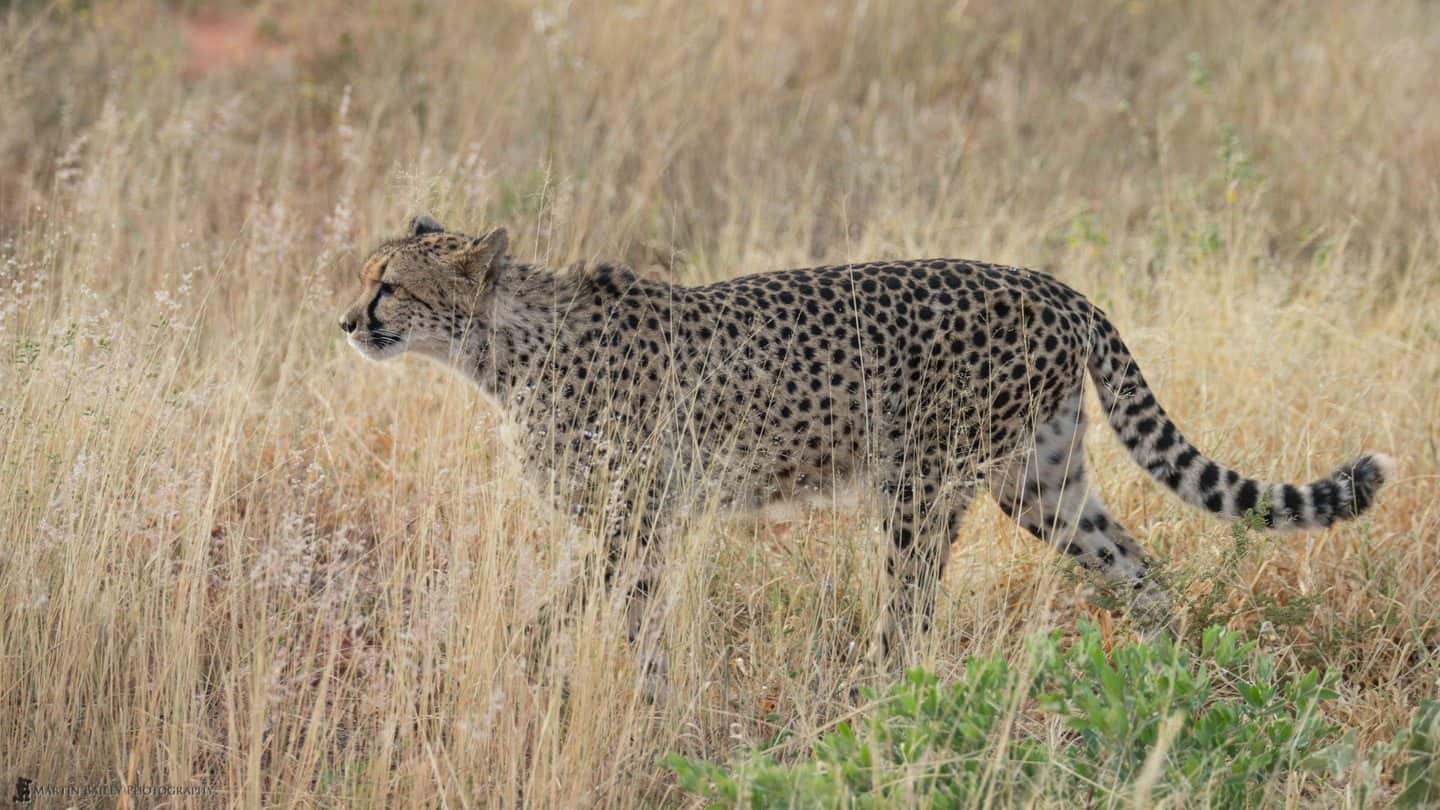
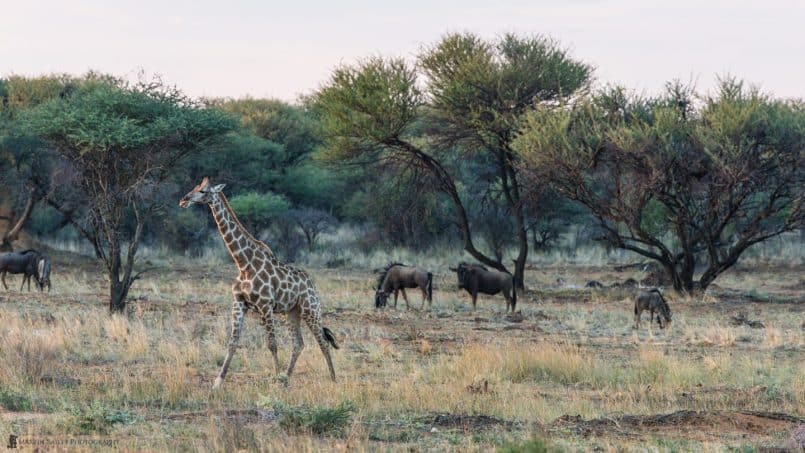
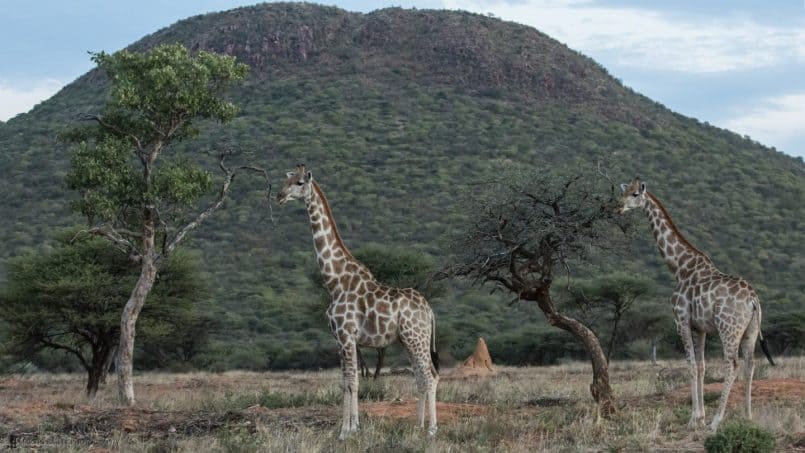
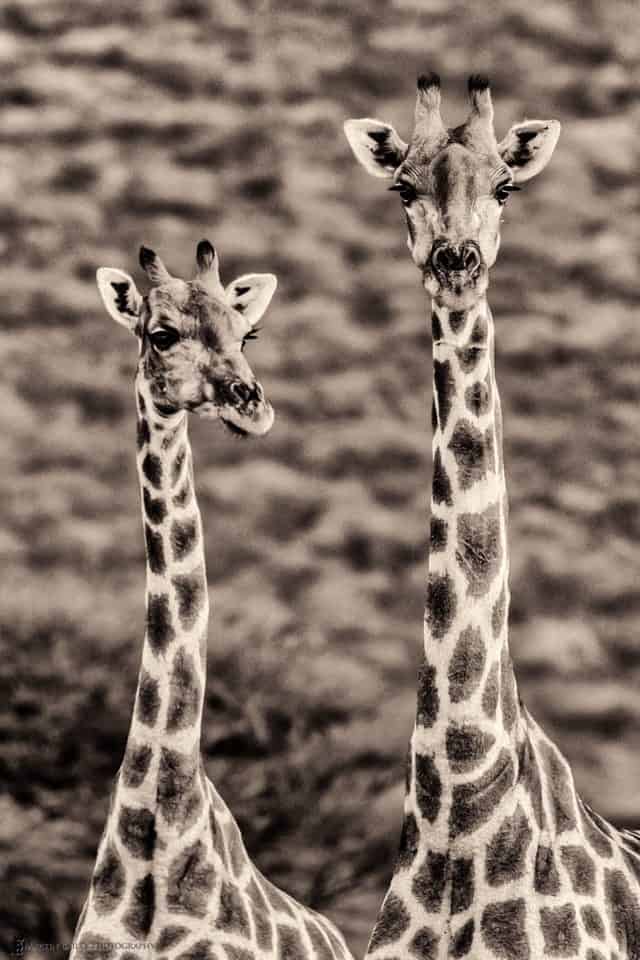
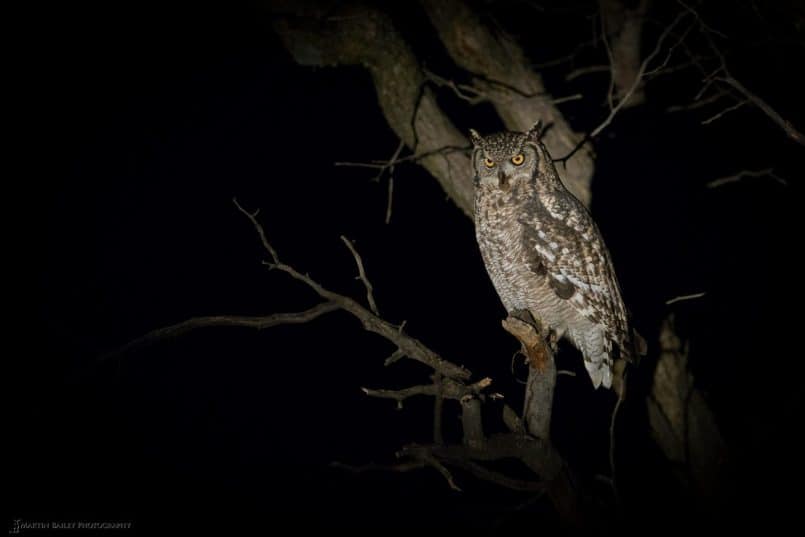
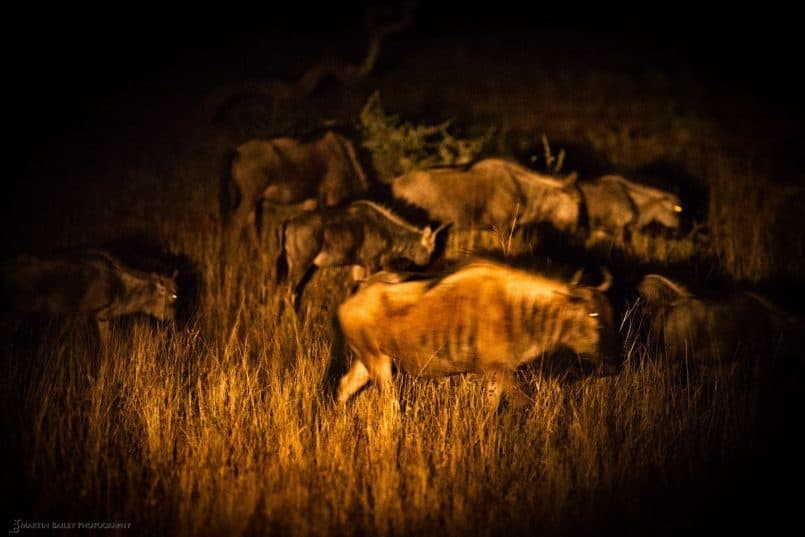
![Wahoo the Leopard [C]](https://martinbaileyphotography.com/wp-content/uploads/2013/06/MBP_Namibia_20130521_2565-805x537.jpg)
![Wahoo the Leopard [C]](https://martinbaileyphotography.com/wp-content/uploads/2013/06/MBP_Namibia_20130521_5859-805x537.jpg)
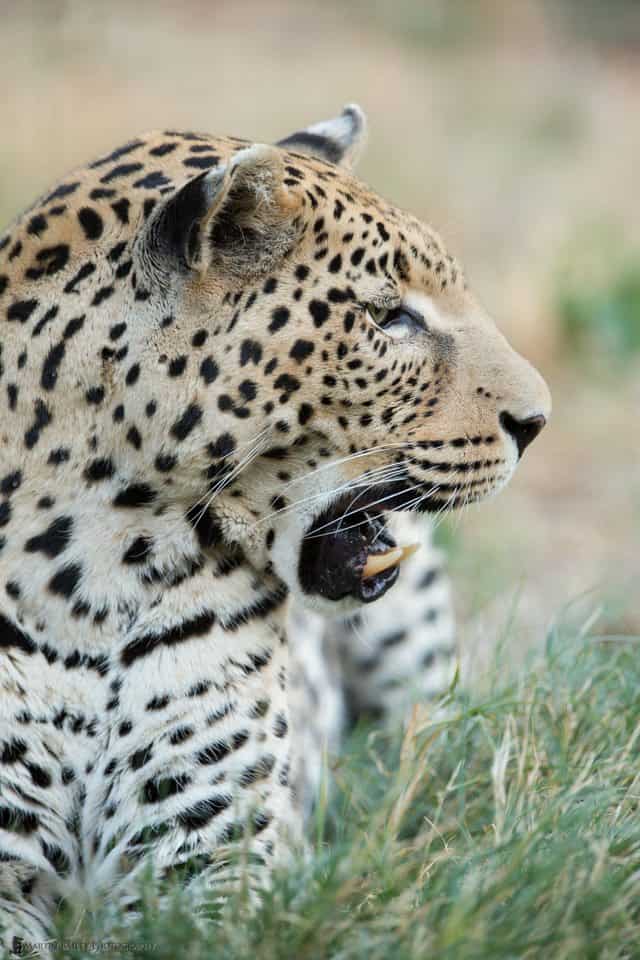
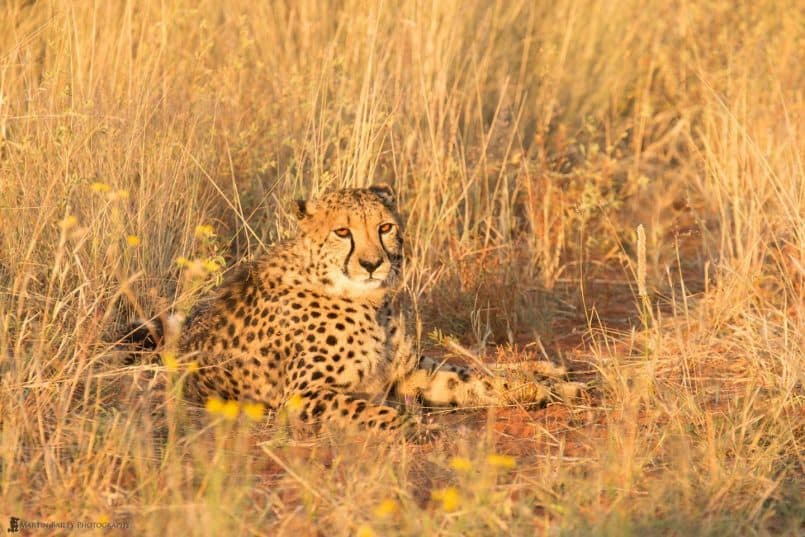
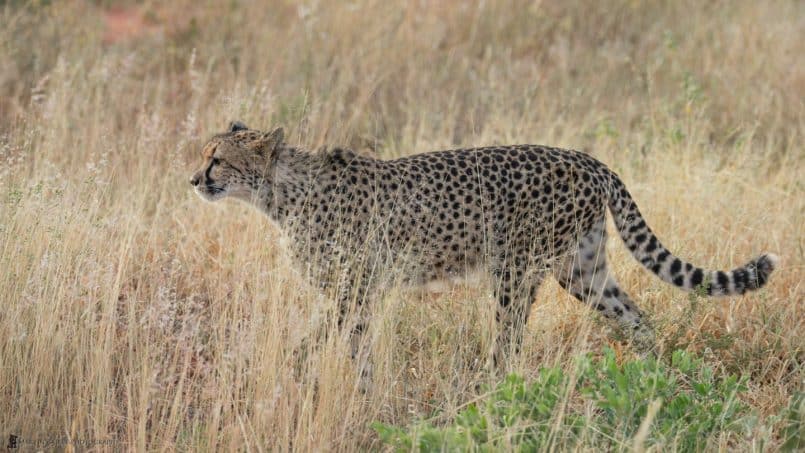

Whenever I see your shots I’m reminded of the similarity between photography and art. As a hyper realist artist I see that the same things that matter with good shots is what artists need to be aware of in painting a well executed piece: composition, values, balance, design, the golden mean etc. Being passionate about both gives me an eye which improves my art and photos……pretty exciting! Thank you for that constant reminder.
Thanks so much for the kind and thoughtful comment Kris!
I would argue that photography is of course an ‘art’, but I think you are using the word here to mean painting, undoubtably one of the most classic of the arts.
Fantastic travelogue! Very inspiring and engaging, both in commentary and images. It makes me realize that I have so much to discover of our planet.
These images have lingered in my mind at home, at work, everywhere, so I’ve gone back and looked at them numerous times over the past weeks and they just seem to get better with each viewing.
It’s been enjoyable to tag along on your journey from afar. Thank you Martin.
Another great podcast, Martin! I particularly enjoyed the opening Giraffe and Wildebeest shot, the blurry cave painting image (the blur really works), and that first shot of Wahoo.
Your ability to know the aperture you want in advance of shooting is impressive. You talked about this with duChemin in your Winter Wonderland recap. Is this something you’ve developed over time through trial and error or did you take a different approach to learning this skill?
Hard to believe it’s been two years since the tumor scare. I’m thankful for your full recovery.